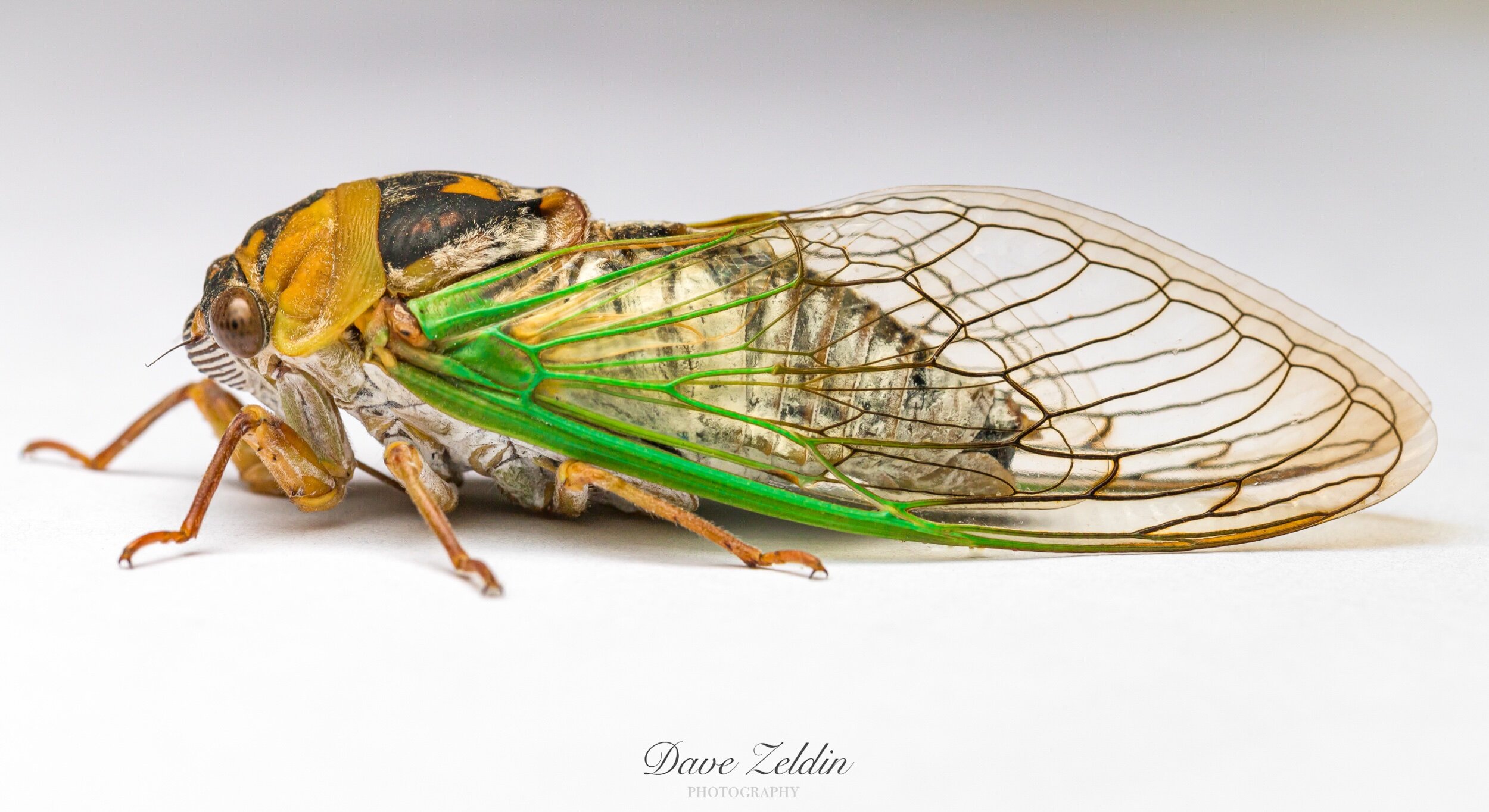It's that of time year here in Arizona! The time of year when the trees start singing! To some, it's annoying. To others, it is a sound they look forward to every year. I love the sound. It reminds me of just how impressive these insects are that are making that noise.
These insects I speak of are Cicadas, of course! I know you do not need to read this article to know that it is the time of year that the cicadas start to sing because well, the Cicadas have no problem letting us know of their presence.
What I have found interesting is that although just about everyone in Arizona knows that the sound coming from the trees is the Cicada's, most people have no clue what these bugs look like let alone anything about the insect and their life cycle. The purpose of this article is to help people understand a little more about these insects in the trees that they hear every year during the summer months.
There are about thirty-seven species of Cicada in the State of Arizona. Up here in Prescott, Arizona, the most commonly heard Cicada this time of year is the Grand Western Flood Plain Cicada (Megatibicen cultriformis), which you will see in my photo below.
This particular species of Cicada is commonly found in riparian areas that are well-populated with Willow, Sycamore, and Cottonwood Trees. They are also often seen in steep-sided gullies and river basins.
Cicadas began their life cycle in an egg that is laid in dead branches and twigs. Once these eggs hatch, Cicada nymphs emerge. These nymphs will begin to burrow themselves underground where they will spend the next few years feeding on the sap from the tree roots — the amount of time spent underground is dependent on the species of Cicada. I have heard about some species of Cicada that will live underground as nymphs for up to seventeen years before emerging.
Final instar nymphs will emerge from underground and begin their next stage of life, which is when they become winged adults. This stage is when a lot of people will start to notice them. Not only because you will hear them singing in the trees, but you may also begin to see their freshly shed exoskeletons in your yard. Most of the time, these exoskeletons are seen on fences, walls, and trees. Below you will see one of my photos of a freshly shed Cicada hanging out next to its exoskeleton it had just shed a few minutes prior as well as a time-lapse video of a cicada shedding its exoskeleton.
Once they have shed their exoskeletons, they will make their way up into the trees (if they have not yet already) where they will again feed on the tree sap and begin their songs. I am sure many of you wonder, why do they make that loud noise? Well, that noise you hear is the males calling the females to mate.
Once the Cicadas have found a mate, they have reached the end of their life cycle. An adult Cicada will live for about 2-6 weeks after it has mated. About this time, summer is coming to an end, and the singing from the trees has vanished. The adults have died, and the eggs in the branches and twigs have Cicada nymphs forming inside of them. These nymphs will hatch in about six weeks, make their way to the ground, and burrow down until they are ready to emerge, which starts another cycle.
I get a lot of people asking me if these insects are going to cause any harm to their trees. Entomologists have determined that these insects are not capable of causing damage to plants. There is no reason to be concerned about these insects. They are harmless to you, your pets, and your trees.
I hope by reading this article, you have learned something new and possibly gained an appreciation for an insect you otherwise may have thought was just a nuisance.

